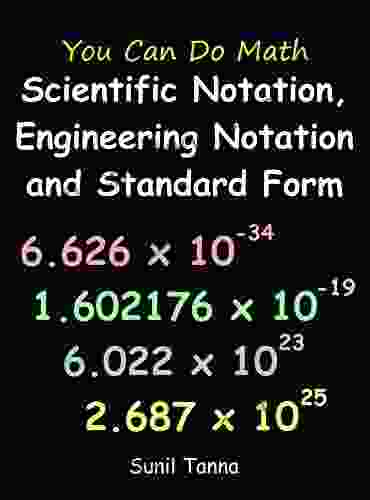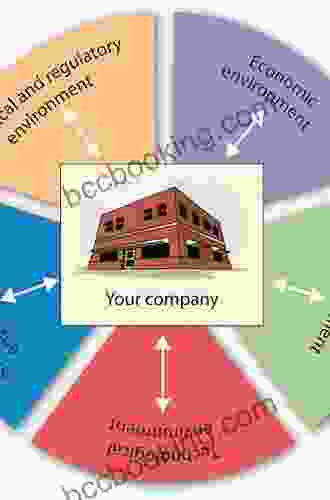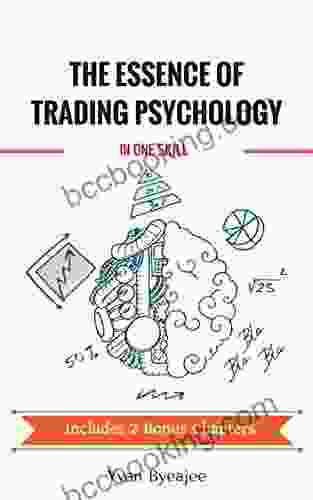Tackle Complex Calculations with Ease: A Comprehensive Guide to Scientific Notation, Engineering Notation, and Standard Form

Navigating the world of mathematics can often lead to encountering complex numbers that require precise representation. Scientific notation, engineering notation, and standard form provide valuable methods to express these numbers conveniently and accurately. This article delves into each of these notations, exploring their principles, applications, and the advantages they offer in simplifying mathematical operations.
Scientific notation, also known as exponential notation, is a way of representing numbers as a compact expression using a base value and an exponent. It is particularly useful when dealing with extremely large or small numbers.
A number in scientific notation has the following form:
5 out of 5
| Language | : | English |
| File size | : | 1703 KB |
| Text-to-Speech | : | Enabled |
| Screen Reader | : | Supported |
| Enhanced typesetting | : | Enabled |
| Word Wise | : | Enabled |
| Print length | : | 356 pages |
N x 10^n
where:
- N is a number greater than or equal to 1 and less than 10.
- n is an integer representing the power of 10.
The number 6,022,000,000,000,000,000,000,000 can be written in scientific notation as:
6.022 x 10^23
Scientific notation is commonly used in various fields, including:
- Physics (e.g., representing Avogadro's number)
- Chemistry (e.g., expressing molecular weights)
- Astronomy (e.g., indicating the distance to stars)
Engineering notation is a variation of scientific notation specifically designed for engineering applications. It uses prefixes that represent powers of 1000 instead of 10. The prefixes and their corresponding powers of 1000 are:
| Prefix | Power of 1000 | |---|---| | k | 10^3 | | M | 10^6 | | G | 10^9 | | T | 10^12 | | P | 10^15 |
The number 2,400 can be written in engineering notation as:
2.4k
Engineering notation is commonly employed in electrical engineering, mechanical engineering, and other fields where large numbers are frequently encountered.
Standard form is a simplified form of scientific notation where the exponent is written as a decimal number instead of an integer. This makes it easier to perform mathematical operations, such as multiplication and division.
A number in standard form has the following form:
N x 10^n
where:
- N is a number greater than or equal to 1 and less than 10.
- n is a decimal number.
The number 6.022 x 10^23 can be written in standard form as:
6.022 x 10^23.00
Standard form is commonly used in financial calculations, computer programming, and other areas where precise representation of numbers is crucial.
Utilizing scientific notation, engineering notation, and standard form offers several advantages:
- Compactness: They provide a concise way to represent very large or very small numbers.
- Accuracy: They ensure precision in calculations by avoiding rounding errors.
- Ease of Operation: They facilitate multiplication and division by simply adjusting the exponents.
- Standardization: They provide a universal language for communicating complex numbers across different disciplines.
Scientific notation, engineering notation, and standard form are powerful tools for representing and manipulating large or small numbers. Their ability to simplify calculations, enhance accuracy, and promote standardization makes them invaluable in various scientific, engineering, and financial applications. Understanding and utilizing these notations empowers individuals to tackle complex calculations with confidence and efficiency.
- To convert a number to scientific notation, move the decimal point to the right (for positive exponents) or left (for negative exponents) until the resulting number is greater than or equal to 1 and less than 10. Then, multiply the result by the appropriate power of 10.
- To convert a number from scientific notation to decimal form, simply multiply the base value by the power of 10.
- When multiplying or dividing numbers in scientific notation, simply add or subtract the exponents.
- To convert a number from engineering notation to standard form, simply replace the prefixes with the corresponding powers of 1000.
- To convert a number from standard form to engineering notation, simply replace the decimal exponent with the appropriate prefix.
By mastering these concepts and practicing their application, you can unlock the full potential of scientific notation, engineering notation, and standard form in your mathematical endeavors.
5 out of 5
| Language | : | English |
| File size | : | 1703 KB |
| Text-to-Speech | : | Enabled |
| Screen Reader | : | Supported |
| Enhanced typesetting | : | Enabled |
| Word Wise | : | Enabled |
| Print length | : | 356 pages |
Do you want to contribute by writing guest posts on this blog?
Please contact us and send us a resume of previous articles that you have written.
 Book
Book Novel
Novel Page
Page Chapter
Chapter Text
Text Story
Story Genre
Genre Reader
Reader Library
Library Paperback
Paperback E-book
E-book Magazine
Magazine Newspaper
Newspaper Paragraph
Paragraph Sentence
Sentence Bookmark
Bookmark Shelf
Shelf Glossary
Glossary Bibliography
Bibliography Foreword
Foreword Preface
Preface Synopsis
Synopsis Annotation
Annotation Footnote
Footnote Manuscript
Manuscript Scroll
Scroll Codex
Codex Tome
Tome Bestseller
Bestseller Classics
Classics Library card
Library card Narrative
Narrative Biography
Biography Autobiography
Autobiography Memoir
Memoir Reference
Reference Encyclopedia
Encyclopedia Tanya Hackney
Tanya Hackney Tonya Bolden
Tonya Bolden William Patry
William Patry Whitaker Ringwald
Whitaker Ringwald Theresa Robbins Dudeck
Theresa Robbins Dudeck The R A
The R A Shanna Cunning
Shanna Cunning Stuart Elliot
Stuart Elliot Steven Harrison
Steven Harrison Theodore Dwight Weld
Theodore Dwight Weld Sophie Blackall
Sophie Blackall Vera Snow
Vera Snow Lonneke Geerlings
Lonneke Geerlings Tyler Ninja Blevins
Tyler Ninja Blevins The Church Of Jesus Christ Of Latter Day Saints
The Church Of Jesus Christ Of Latter Day Saints Terry Chase
Terry Chase Theodore Kekstadt
Theodore Kekstadt Victoria Kann
Victoria Kann Sharon Garlough Brown
Sharon Garlough Brown World Bank
World Bank
Light bulbAdvertise smarter! Our strategic ad space ensures maximum exposure. Reserve your spot today!

 Cortez ReedBelong To The Baddest Girl At School Volume 01: The Ultimate Guide to Being...
Cortez ReedBelong To The Baddest Girl At School Volume 01: The Ultimate Guide to Being... Edward ReedFollow ·16.9k
Edward ReedFollow ·16.9k Brian BellFollow ·19.6k
Brian BellFollow ·19.6k Jett PowellFollow ·2.3k
Jett PowellFollow ·2.3k John GrishamFollow ·10.3k
John GrishamFollow ·10.3k John GreenFollow ·2.2k
John GreenFollow ·2.2k Edwin BlairFollow ·14.1k
Edwin BlairFollow ·14.1k Gerald BellFollow ·5k
Gerald BellFollow ·5k Joseph FosterFollow ·2.9k
Joseph FosterFollow ·2.9k

 Amir Simmons
Amir SimmonsImmerse Yourself in the Enchanting Realm of Nora Roberts'...
Prepare to be captivated by...

 Dan Henderson
Dan HendersonUnleash the Explosive Action of Going Ballistic Combined...
Prepare for an...

 Jeffery Bell
Jeffery BellDiscover the Controversial and Captivating "The Anarchist...
In the realm of literature, there are...

 Ryan Foster
Ryan FosterUnveiling Lincoln's Eloquence: How His Greatest Speeches...
In the annals of American...

 Jaime Mitchell
Jaime MitchellLove Radio Vinny Berry: A Journey of Heartbreak, Healing,...
Vinny Berry's...
5 out of 5
| Language | : | English |
| File size | : | 1703 KB |
| Text-to-Speech | : | Enabled |
| Screen Reader | : | Supported |
| Enhanced typesetting | : | Enabled |
| Word Wise | : | Enabled |
| Print length | : | 356 pages |












